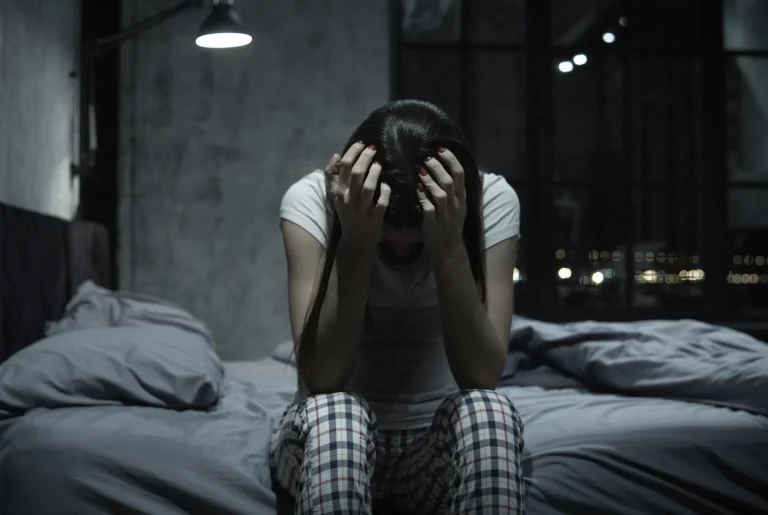How to Use CBT for Insomnia Treatment
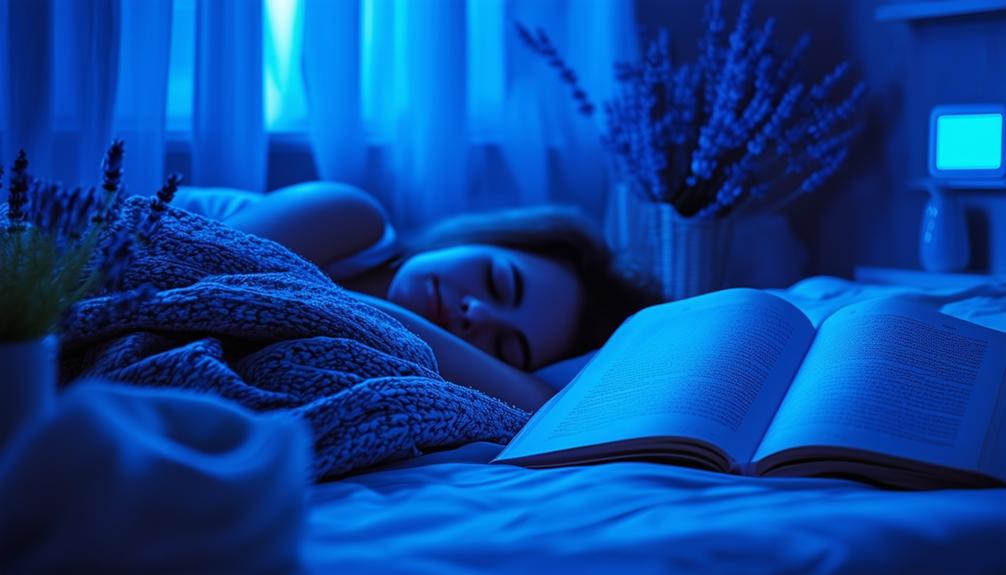
To use CBT for insomnia treatment, start with CBT-I, which targets maladaptive sleep-related thoughts and behaviors. Implement core components like Sleep Restriction Therapy to boost sleep drive, and Stimulus Control Therapy to associate the bedroom with sleep. Improve Sleep Hygiene by optimizing your environment and maintaining a consistent sleep schedule. Employ Cognitive Therapy techniques to challenge and change negative beliefs about sleep. Track your progress with a sleep diary and adhere to set sleep schedules to maximize results. Detailed guidance on this structured, evidence-based approach can further enhance your treatment strategy.
Noteworthy Details
- Implement Sleep Restriction Therapy to increase sleep drive by limiting time in bed.
- Use Stimulus Control Therapy to associate the bedroom solely with sleep and relaxation.
- Maintain a sleep diary to track sleep patterns and monitor adherence to strategies.
- Apply Cognitive Therapy techniques to identify, challenge, and restructure negative sleep-related beliefs.
- Optimize sleep hygiene by maintaining a consistent sleep schedule and creating a cool, dark, and quiet sleep environment.
Understanding CBT-I
Understanding CBT-I, or Cognitive Behavioral Therapy for Insomnia, involves grasping how this structured program targets maladaptive sleep-related thoughts and behaviors to improve sleep quality. By addressing these detrimental cognitive and behavioral patterns, CBT-I aims to modify your sleep routines and thought processes to foster healthier sleep patterns.
This treatment method is meticulously designed to combat insomnia through various components that work synergistically. With an average treatment effect size of 1.0-1.2, CBT-I has shown significant efficacy, leading to a 50% reduction in individual insomnia symptoms. It typically involves 6-8 sessions, each focusing on different strategies to modify behaviors and challenge negative beliefs about sleep.
The objective is to reframe your thoughts about sleep and adjust your behaviors to facilitate better sleep. As a first-line intervention for chronic insomnia, CBT-I offers lasting effects, providing stability and improvement in sleep quality over time.
Core Components of CBT-I
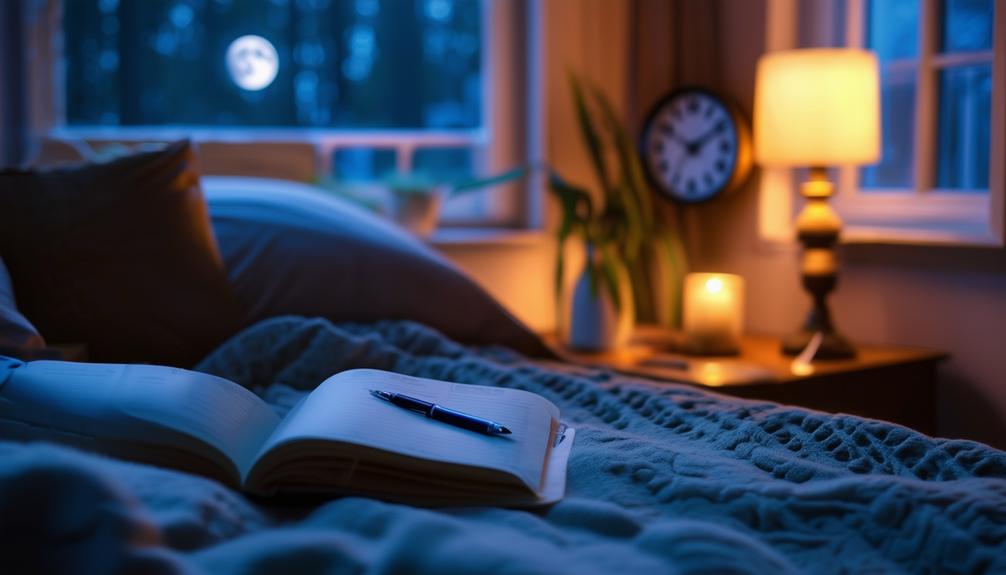
To effectively combat insomnia, CBT-I encompasses several core components designed to target specific aspects of sleep behavior and cognition.
Sleep Restriction Therapy (SRT) is one essential element, aiming to increase your sleep drive by reducing the time you spend in bed awake. This method helps consolidate sleep and improve sleep efficiency.
Stimulus Control Therapy (SCT) is another important component, focusing on establishing a strong association between the bedroom and sleep. By limiting activities in your bedroom to sleep and intimacy only, SCT helps condition your mind to associate the bed with restful sleep, mitigating insomnia.
Sleep Hygiene (SH) involves modifying lifestyle and environmental factors that can affect sleep quality. This practice promotes behaviors conducive to a good night's sleep, such as maintaining a consistent sleep schedule and creating a comfortable sleep environment.
Cognitive Therapy (CT) targets dysfunctional thoughts about sleep. Through cognitive restructuring, CT helps you identify and modify these thoughts, reducing anxiety and other perpetuating factors that contribute to insomnia.
Together, these core components of CBT-I work synergistically to address the multifaceted nature of insomnia, providing a thorough approach to insomnia treatment that can lead to significant improvements in your sleep outcomes.
Implementing Sleep Hygiene

Implementing sleep hygiene effectively involves optimizing your sleep environment and daily habits to promote better sleep quality and duration. Behavioral Therapy for Insomnia (CBT-I) emphasizes the importance of sleep hygiene as a foundational element.
By maintaining a consistent sleep schedule, you can regulate your internal clock, which is vital for achieving restorative sleep. Setting a relaxing bedtime routine helps signal your body that it's time to wind down, making it easier to fall asleep.
Your sleep environment plays a significant role in sleep hygiene. Make sure your bedroom is cool, dark, and quiet. This can greatly enhance your ability to fall and stay asleep. Avoiding stimulants such as caffeine and electronic devices before bed is another essential aspect.
Stimulants can disrupt your sleep-wake cycle, making it harder to fall asleep. Electronic devices emit blue light, which can interfere with melatonin production, a hormone that regulates sleep.
Implementing good sleep hygiene habits not only supports the effectiveness of other CBT-I components but also contributes to long-term improvements in sleep quality and duration. By integrating these practices, you create a supportive framework that fosters a sense of belonging to a healthier, well-rested community.
Cognitive Techniques for Insomnia
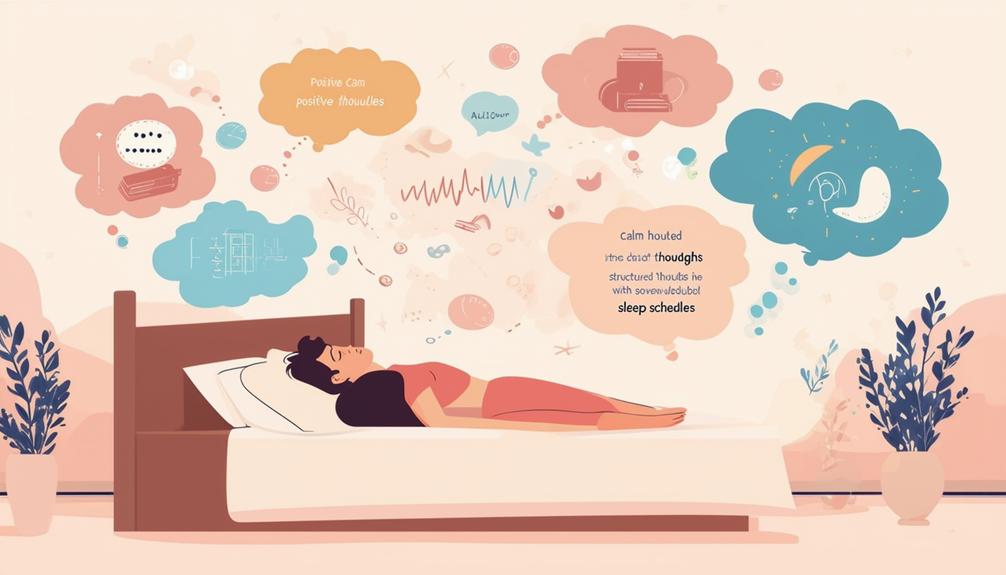
Cognitive techniques for insomnia in CBT target the negative thought patterns that exacerbate sleep difficulties, helping you develop healthier, more realistic beliefs about sleep. These techniques are pivotal in altering the cognitive distortions that fuel insomnia, such as excessive worry and anxiety about not being able to sleep. By focusing on cognitive restructuring, you can break the cycle of maladaptive thoughts that hinder your sleep quality.
Implementing cognitive techniques involves several steps:
- Identify Negative Thought Patterns: Recognize thoughts like 'I'll never fall asleep' or 'I need eight hours of sleep to function'. These amplify anxiety and disrupt your sleep.
- Challenge Dysfunctional Beliefs: Use evidence to counter these thoughts. Ask yourself, 'Is it true that I can't function with less sleep?'.
- Develop Realistic Beliefs: Formulate more balanced thoughts. For instance, 'Even if I don't sleep well, I can still manage my day'.
- Practice Mindset Shifts: Continuously apply these newly developed beliefs to reduce anxiety and improve your overall sleep quality.
Tracking Progress and Adherence
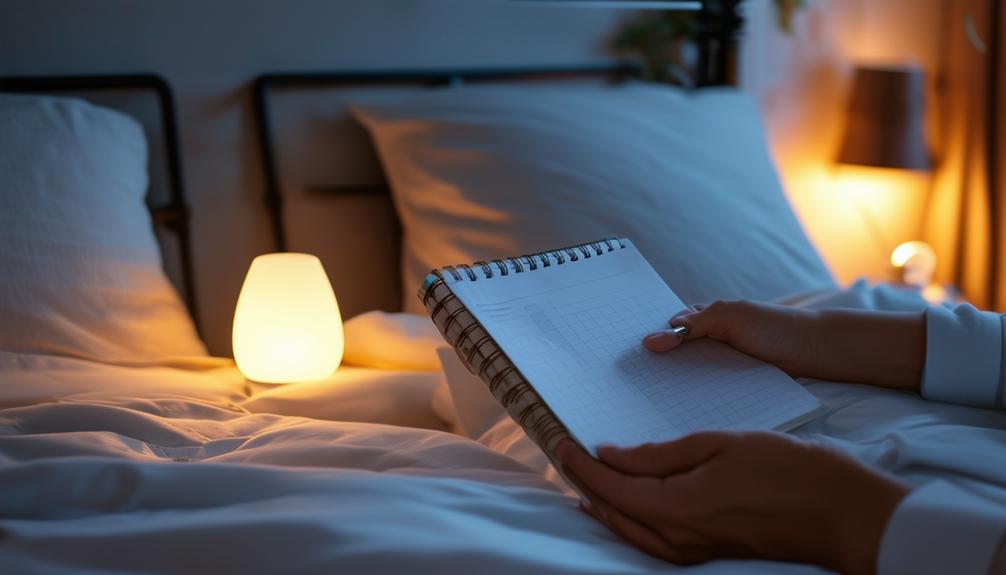
Maintaining a detailed sleep diary is essential for tracking progress and ensuring adherence to CBT for insomnia. By recording your sleep patterns, you can systematically monitor improvements and identify areas needing adjustment.
Adherence to the prescribed sleep schedule plays a critical role in optimizing treatment outcomes. Your sleep diary should capture key metrics, such as bedtimes, wake times, and any nocturnal awakenings, allowing for a thorough review with your therapist.
Tracking progress involves not just sleep patterns but also adherence to behavioral changes. Avoiding naps and implementing stimulus control techniques—like only using your bed for sleep and sex—are foundational strategies in CBT for insomnia.
Regularly reviewing your sleep diary entries with your therapist helps identify patterns and make necessary adjustments, ensuring you stay on course.
Setting specific goals for sleep improvement and consistently tracking adherence to recommended strategies can significantly enhance the effectiveness of CBT for insomnia. Whether it's going to bed at the same time every night or limiting screen time before sleep, your commitment to these behavioral changes is crucial.
Frequently Asked Questions
How to Use CBT to Cure Insomnia?
To cure insomnia with CBT, focus on sleep hygiene, relaxation techniques, cognitive restructuring, and thought monitoring. Implement behavioral strategies like stimulus control, maintain a sleep diary, optimize your sleep environment, manage wakefulness, and seek sleep education.
What Are the 5 Components of CBT for Insomnia?
The five components of CBT for insomnia include sleep restriction to boost sleep efficiency, stimulus control to re-train your sleep environment, sleep hygiene for better bedtime routines, cognitive therapy for thought challenging, and relaxation techniques.
Can You Do CBT for Insomnia on Your Own?
You can try CBT for insomnia on your own, but it's challenging without a therapist. Use sleep hygiene, relaxation techniques, nightly routines, cognitive restructuring, sleep diaries, sleep restriction, stimulus control, mindfulness meditation, bedtime rituals, and sleep efficiency methods.
What Is the CBT for Insomnia Model?
Imagine your mind as a garden; CBT for insomnia prunes negative thoughts through cognitive restructuring, enriches soil with sleep hygiene, and plants seeds of mindfulness exercises. You'll use a sleep diary, behavioral interventions, and relaxation techniques to improve sleep efficiency.
Conclusion
Imagine CBT-I as a toolkit. Just like a carpenter relies on their tools to build a sturdy house, you can use CBT-I techniques to construct a solid foundation for better sleep.
Research shows that 70% of those using CBT-I experience significant insomnia relief. By maintaining sleep hygiene, employing cognitive strategies, and tracking progress, you're not just addressing symptoms but transforming your sleep patterns for lasting change.
This evidence-based approach empowers you to reclaim restful nights.


